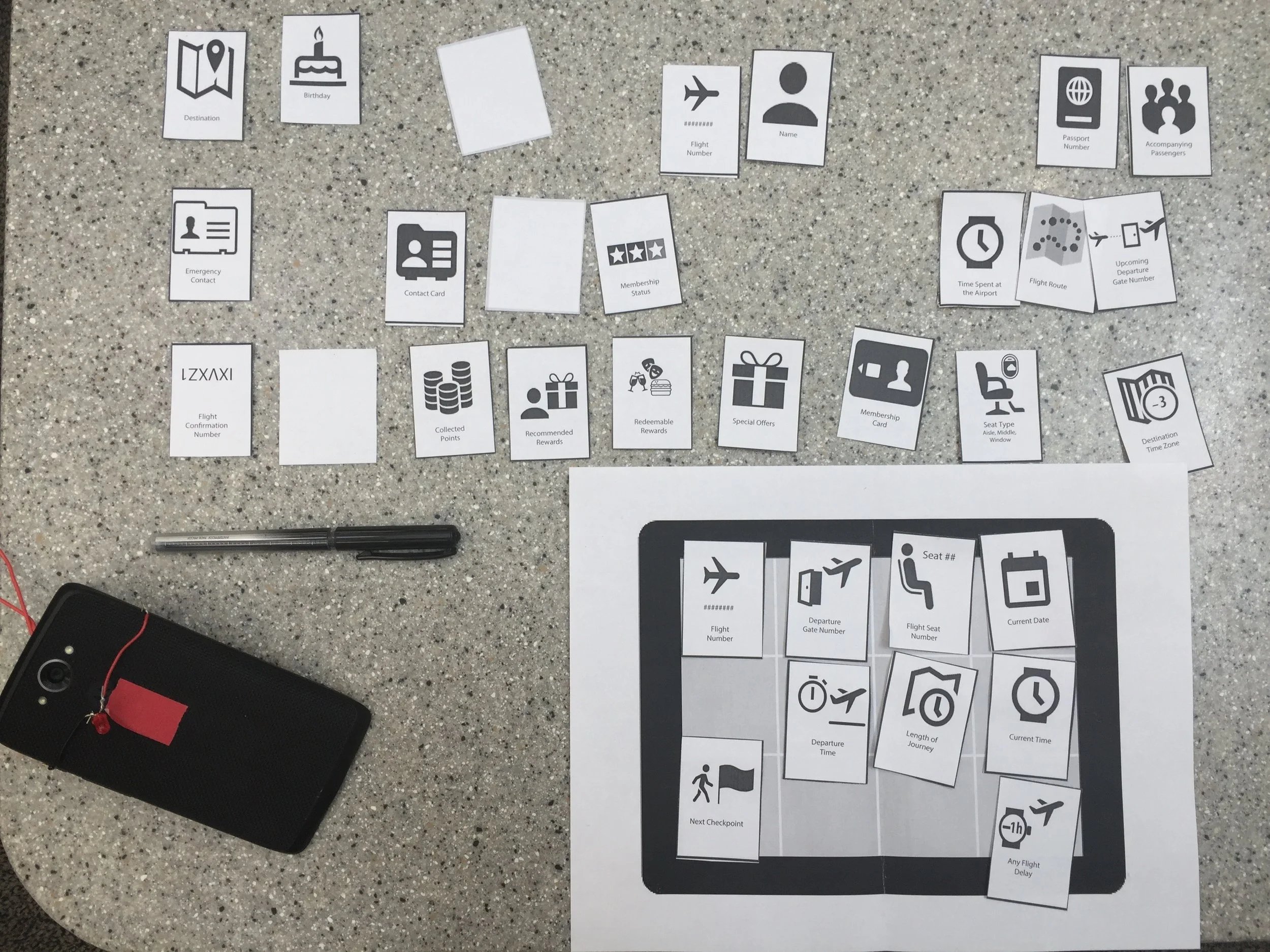Savanthi Murthy
USER EXPERIENCE RESEARCHER
How can the world's best airline better engage their low-loyalty frequent flyer members?
My capstone project with Emirates Airlines aimed at enhancing the Skywards loyalty members’ experience, increasing their emotional connection with the brand and maximizing their loyalty engagement.
We developed a new loyalty currency (an alternative to the existing 'miles') and also a novel system of accruing these points to provide passengers richer and more meaningful interactions at all stages of their journey.
Team Project
5 Member team
My Role
I was the user research lead throughout the project and planned and conducted the contextual inquiry at JFK International Airport as the team leader during phase 1 (generative research).
I also played an active role in the prototyping and design phases of the project.
Domain Research
User Research
Product Conceptualization & Prototyping
Product & Service Design
Jump to:
Research Plan
Generative Research
Secondary Research
Literature Survey
Objectives
To understand the current state of the airline industry and loyalty programs, and the trends which influence them.
To uncover research data that can inform next steps and decisions.
Details
The team explored existing research to understand more about the airline industry and loyalty programs. I was responsible for facilitating these discussions and creating a mini-research repository which we could refer back to during the course of the project.
Synthesis
Next, we found the SET (Social, Economic and Technological) Factors to understand the context that our design would exist in.
From our literature survey, we found that airline travel is one of the most preferred travel modes for business and leisure worldwide. As a result, it has a large footprint in terms of economy and the number of people it directly affects.
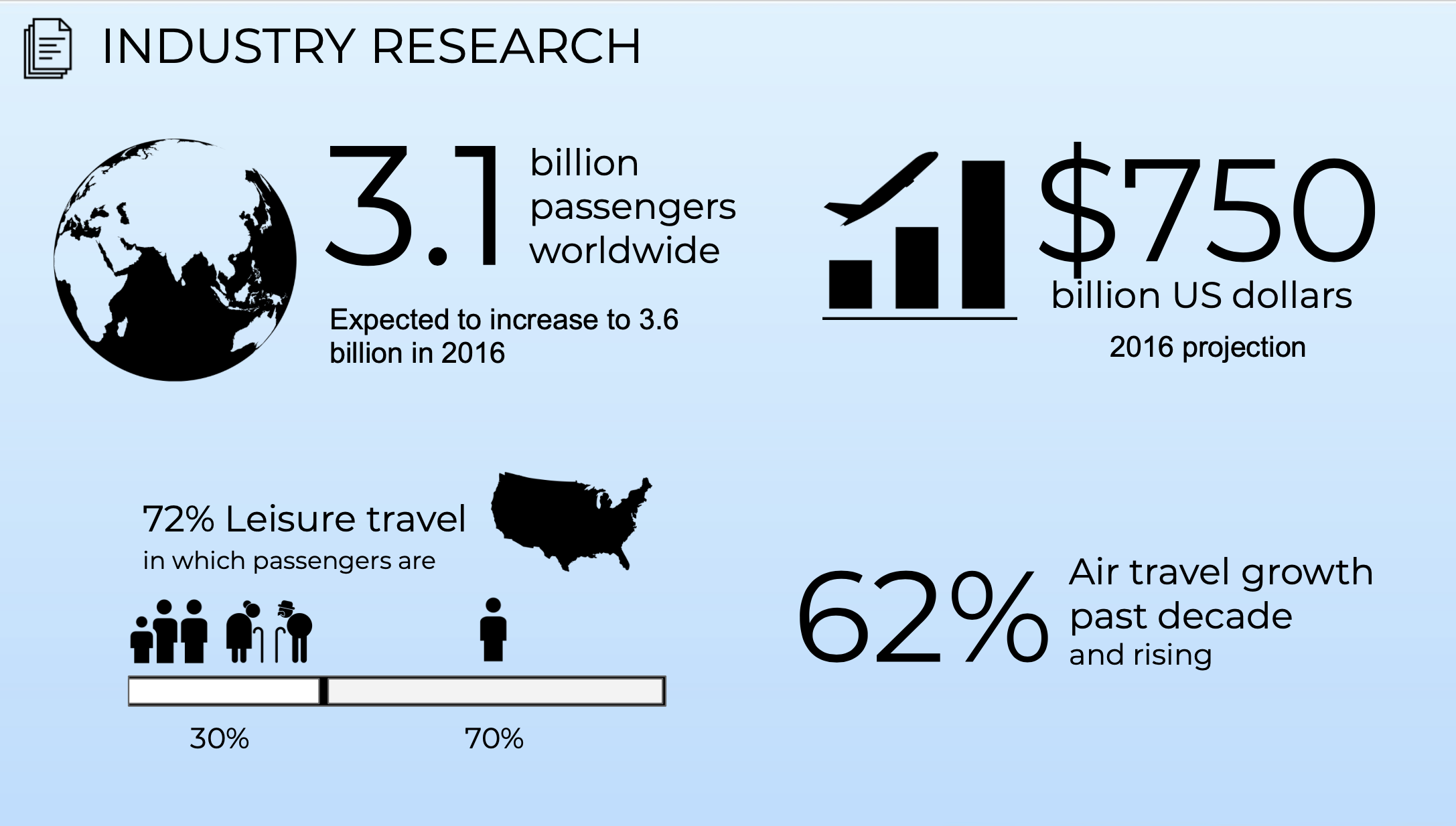
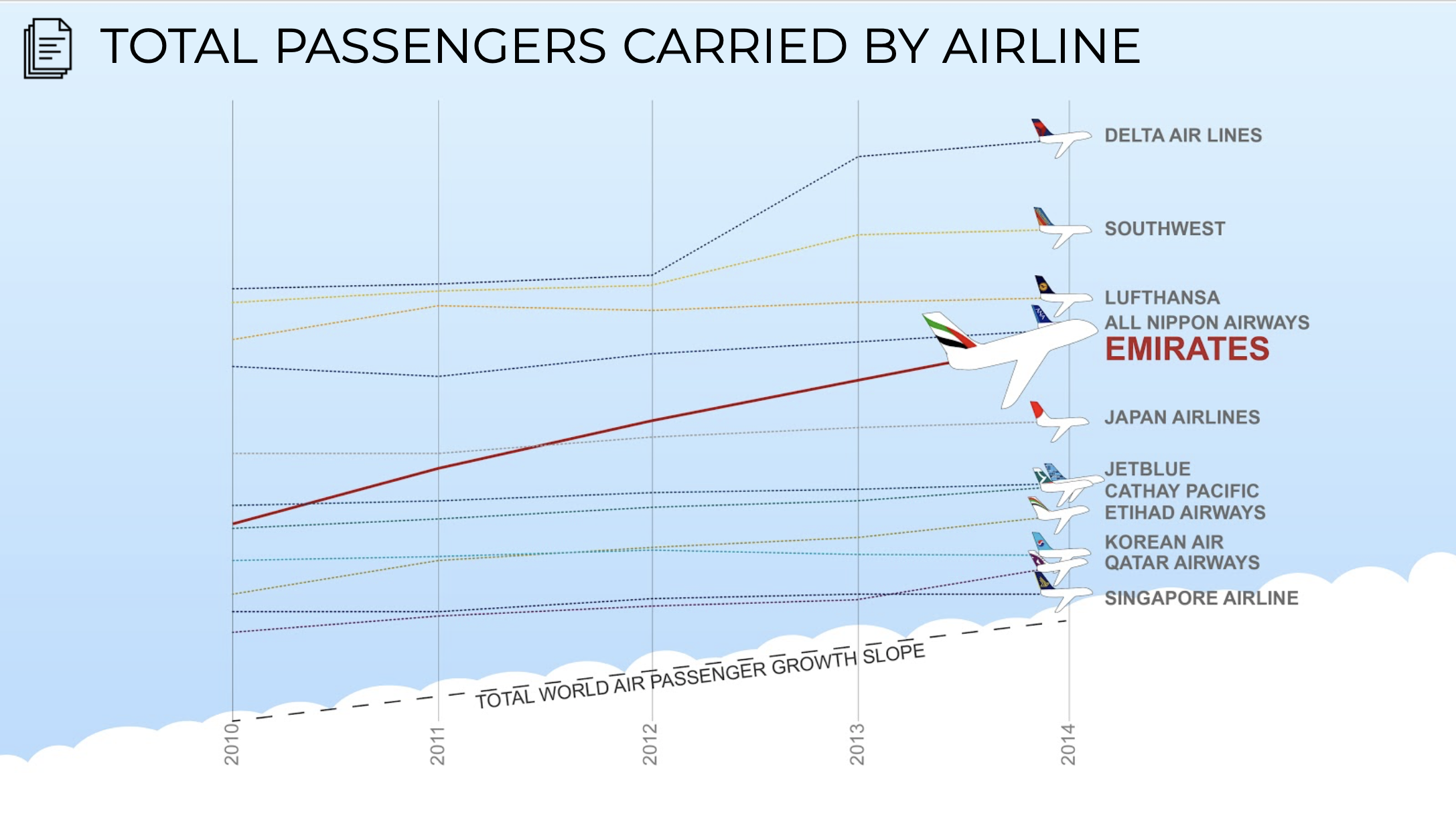
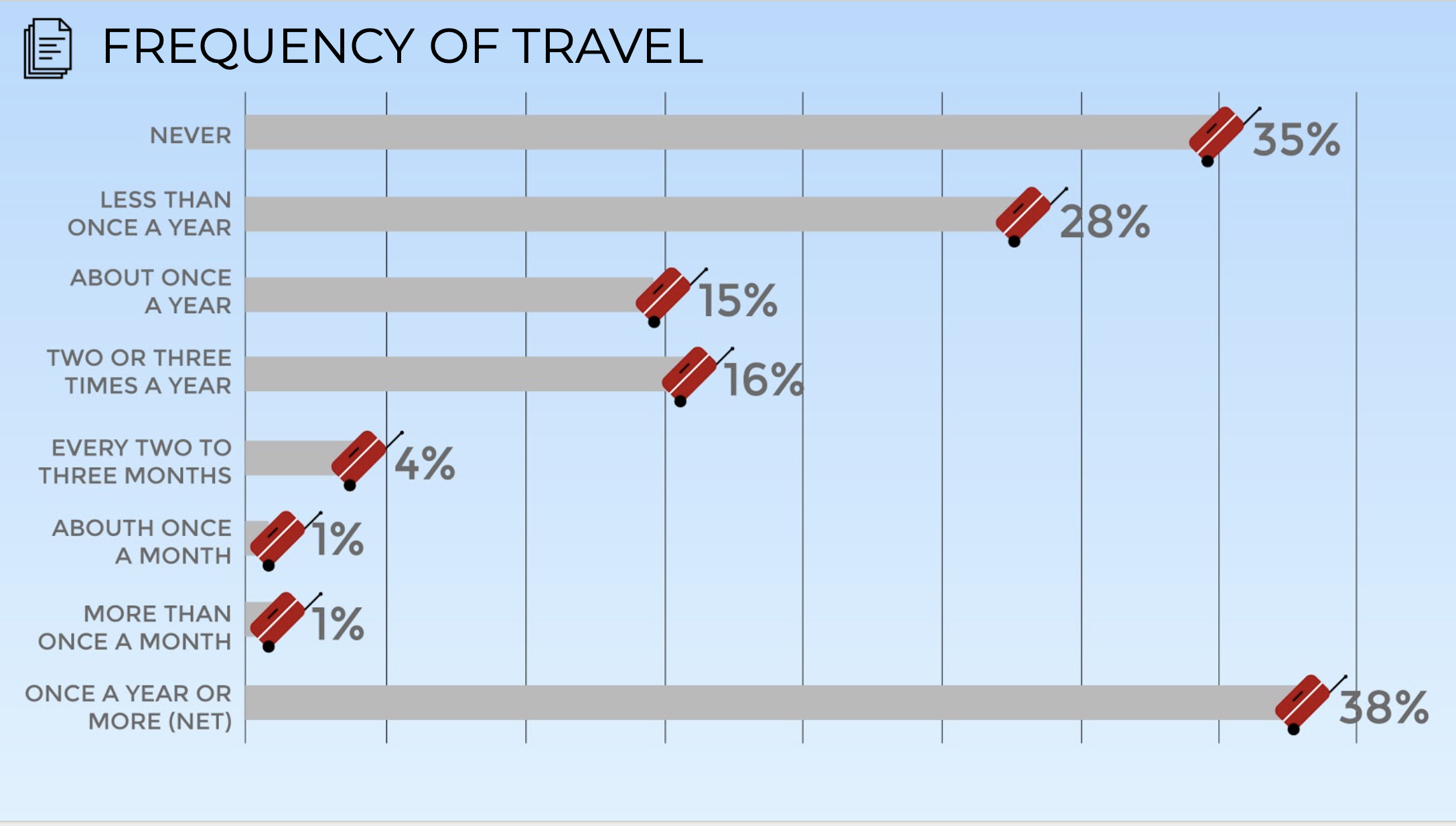

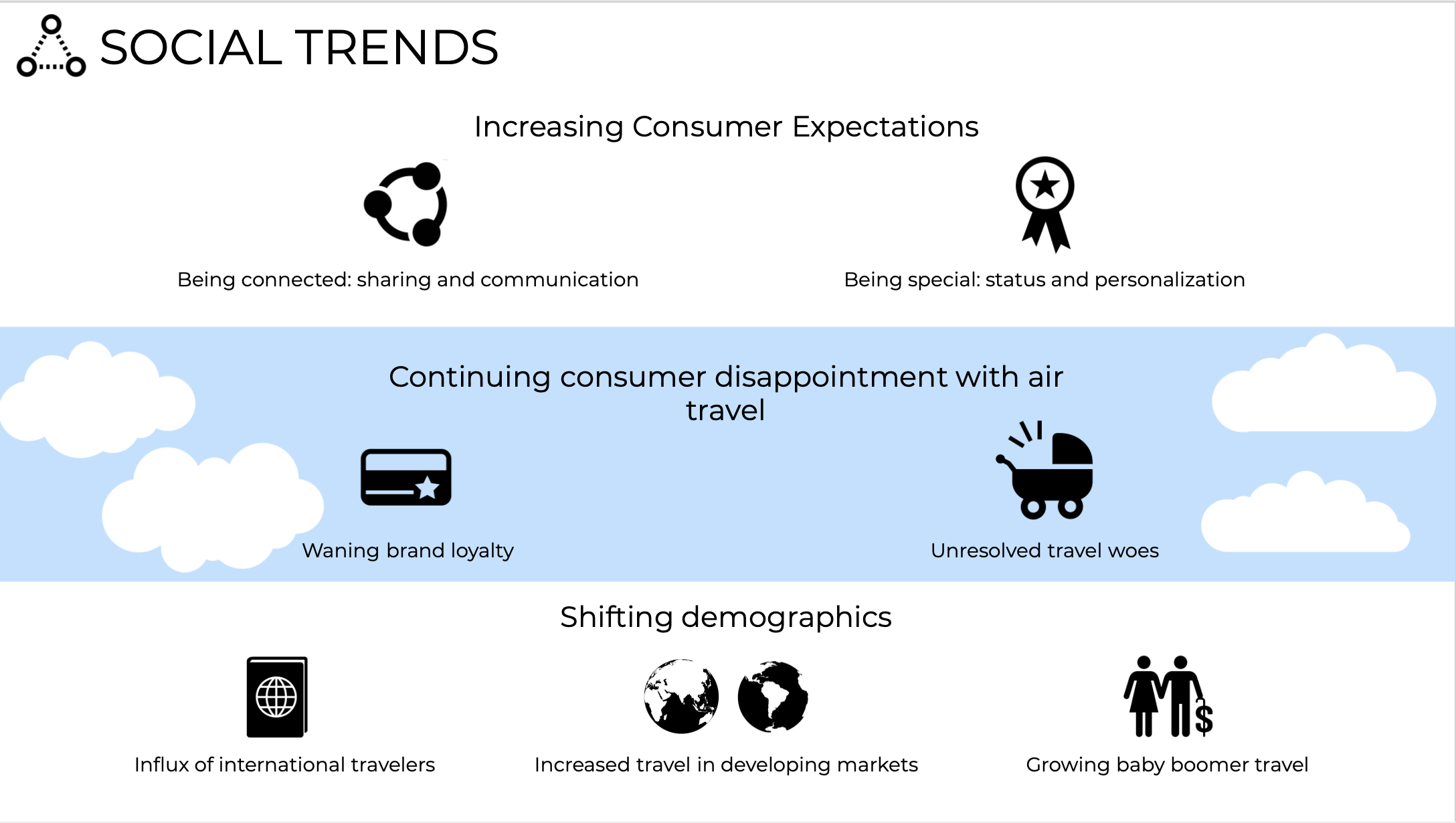

Based on our understanding of the airline space and the SET Factors, we wanted to learn about the scope of airline loyalty programs and what factors most influenced the user's choice of airline for every journey.
For this, we generated the loyalty positioning map and the airline rankings maps using existing online rankings and reviews. These artifacts and initial interviews with travelers helped us classify the type of international travelers and then identify our target users.

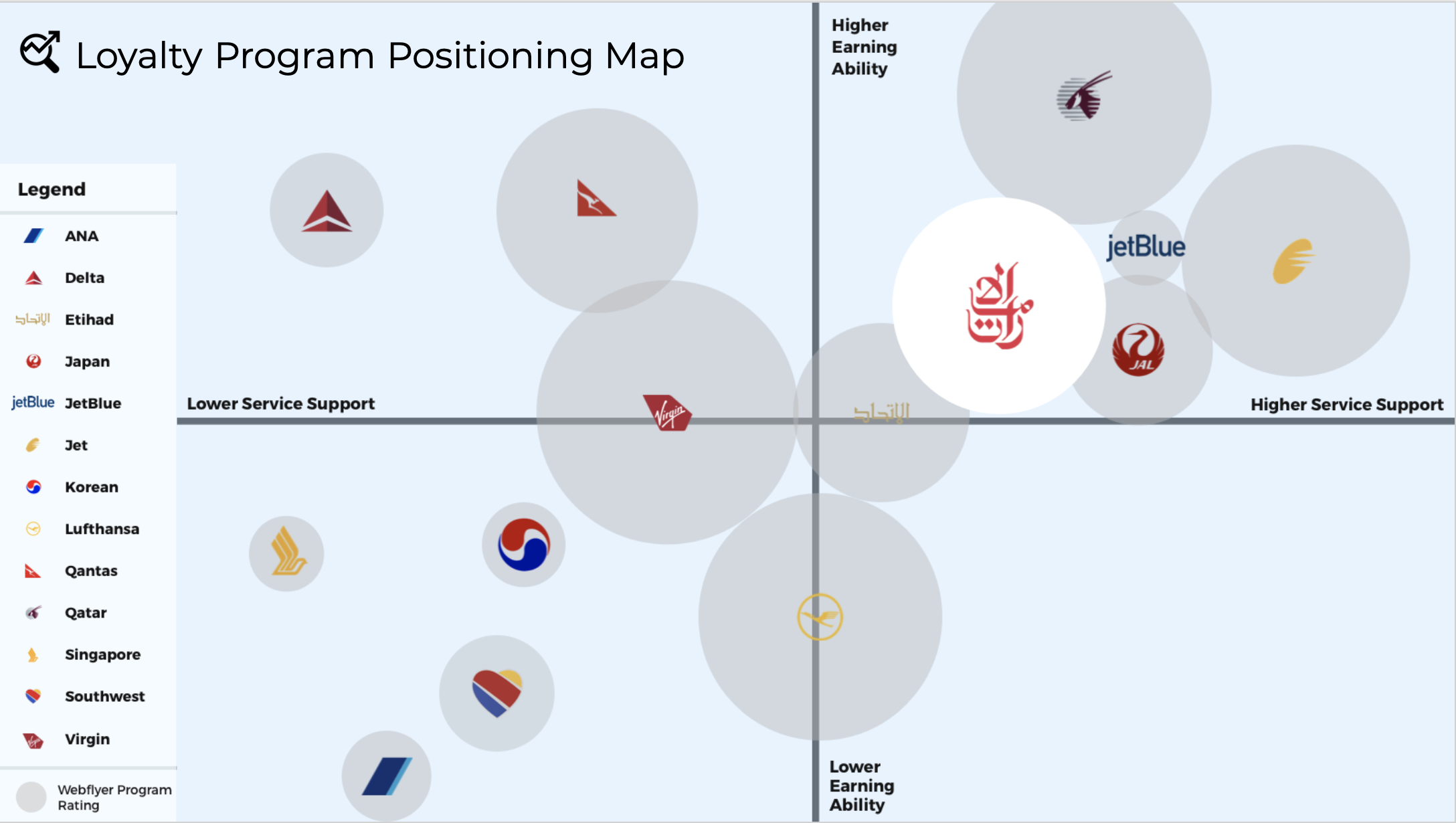

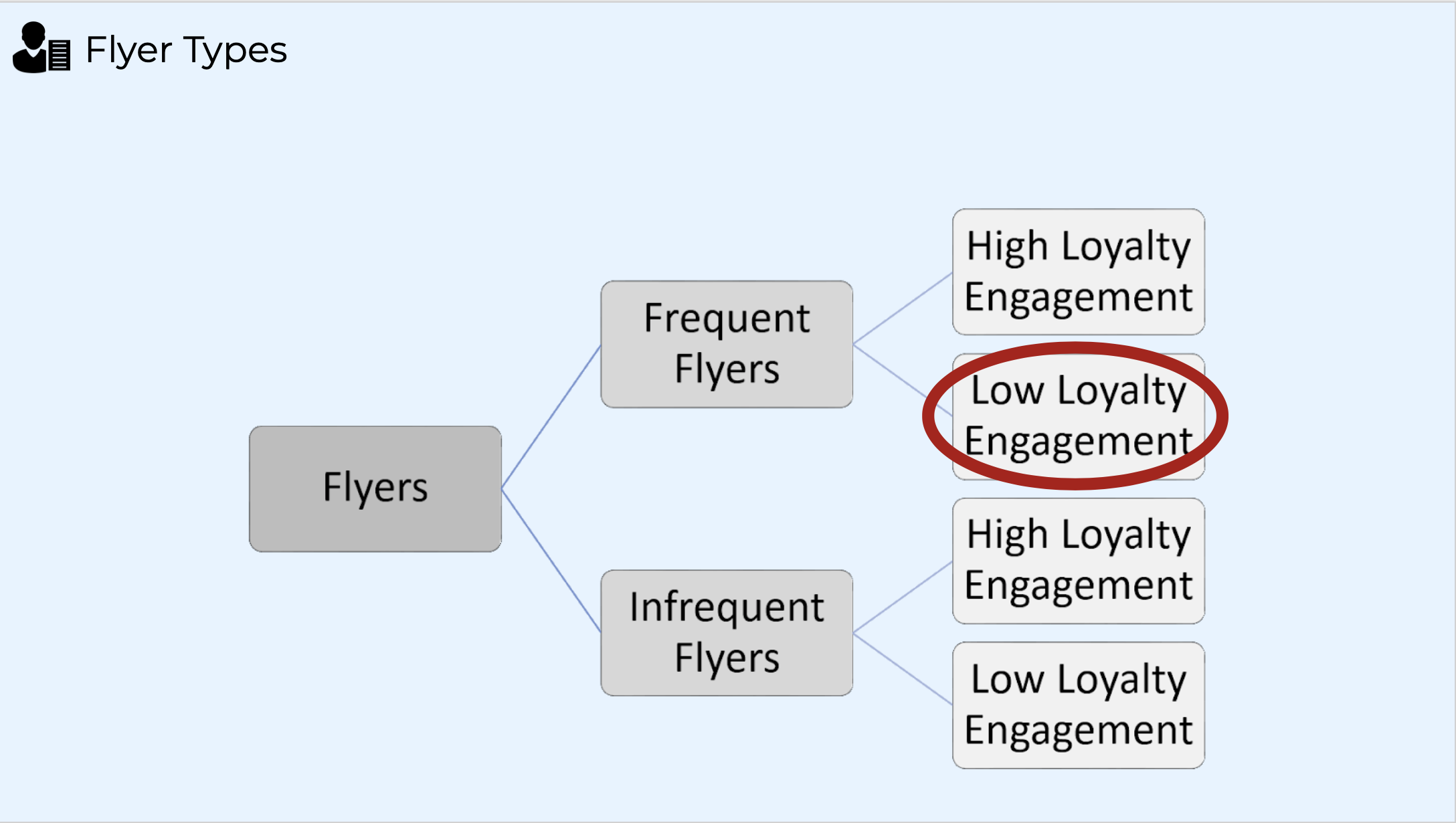
Our initial research, as described above, gave us some interesting insights that inspired over 120 Product Opportunity Gaps and helped us identify our opportunity:
"To create a solution that maximizes low-loyalty, leisure flyer engagement by designing a personalized travel experience that generates lasting value for Emirates and its Skywards members"
Primary Research
The mosaic below shows a summary of the primary research conducted by the team and how we synthesized our data to better understand our users, find their pain points, test our concepts and design the solution.
Online Survey
Objectives
To reach users from all around the world.
To gain a broad understanding of their travel behavior and preferences, with a focus on loyalty programs.
Research Questions
How do people choose which airlines to travel by?
Why do people sign up for frequent flyer programs? What are their perceptions and expectations from such programs?
How and how much do members use their miles?
Does user perception and use of loyalty programs vary based on where users are from?
Details
133 survey responses were recorded from users in at least 6 different countries.
We also collected demographic information and contact details to contact our respondents for further research.
The survey link was shared digitally due to the geographic scope of the project. We found most of the survey respondents through convenience sampling.
Synthesis
We visualized survey data in the form of charts and graphs to inform our next steps.
Early Insights
80% of the respondents have a preferred airline to fly with.
90% of respondents are enrolled in at least one frequent flyer program.
Some users redeem miles once in a few years but some others keep checking and waiting until they can redeem them.
There were mixed opinions about value of airline loyalty programs.
Loyalty programs fail to produce an emotional bond with customers— only 38% of frequent flyers would serve as a brand ambassador.
Remote Interviews and Contextual Inquiry at JFK International Airport
Objectives
To understand in-depth, the loyalty choices and decisions of international frequent flyers.
To capture points of delight and pain points of passengers and staff during actual travel.
To uncover insights that users may not be able to express directly, or may have forgotten.
Research Questions
What perceived value do users receive from loyalty programs?
What do they like/dislike about their experiences with frequent flyer programs, Skywards in particular?
What would they change about frequent flyer programs to make them better?
How is their membership related to their travel experience?
What parts of the travel experience do flyers directly associate with the airline?
Details
10 Remote interviews were conducted with frequent travelers from India, Korea, UAE and the US.
I traveled to JFK International Airport, Emirates gates, with a teammate and we spoke to travelers, and airport and airline staff about their current journey, and loyalty programs.
Due to bad weather, the Emirates flights out of New York were delayed for a few hours, and we had a chance to observe and interact with passengers while they were being made to wait.
All the interviews were recorded and analyzed for the affinity diagram.
Synthesis
Based on our interviews at the airport, we realized that it was important that we map out the stakeholders, who are directly involved in creating and experiencing these programs.
Our secondary research had led us to a journey map of a typical traveler, created by Smith+Co Consultancy (the blue line). Based on this, and the insights from our interviews, we identified the ideal goal states for our user across the multiple touch-points along their journey (yellow line).
We found that international travelers under the low-loyalty high frequency category could be characterized as 5 distinct personas. We narrowed down our focus to 2 categories (the Burnouts and the Unaware) based on feasibility and generation of recurring revenue for Emirates.


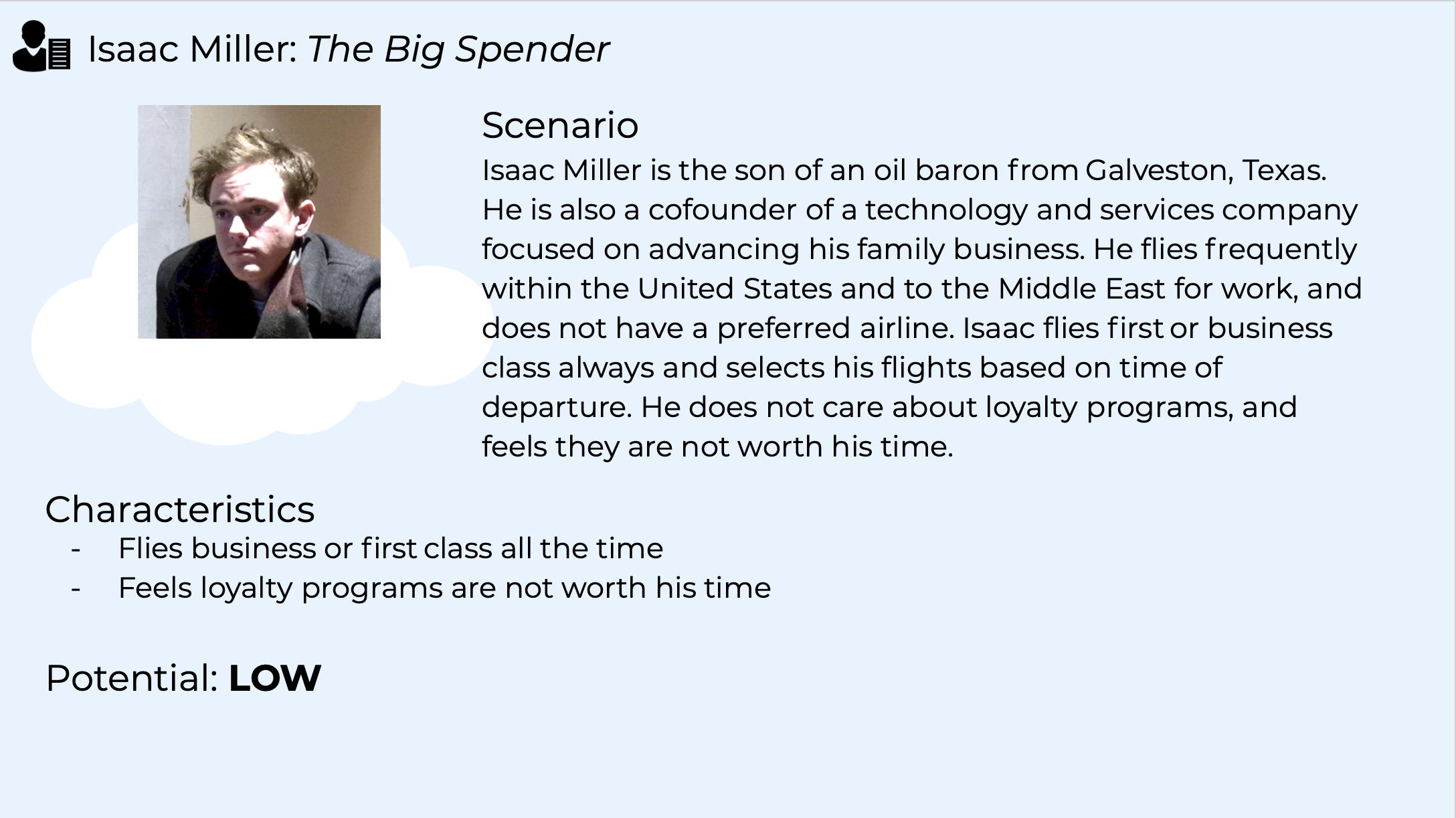
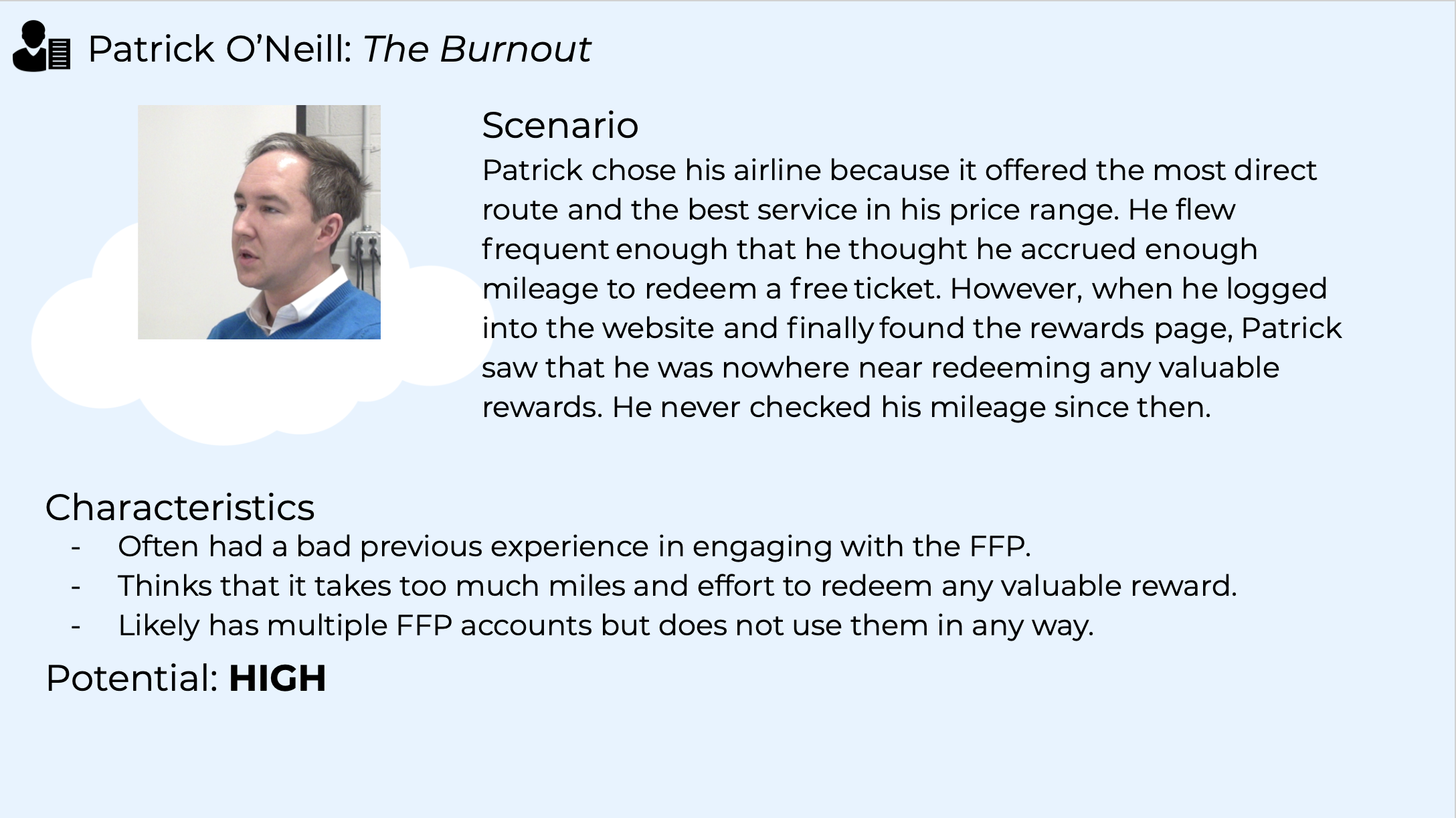
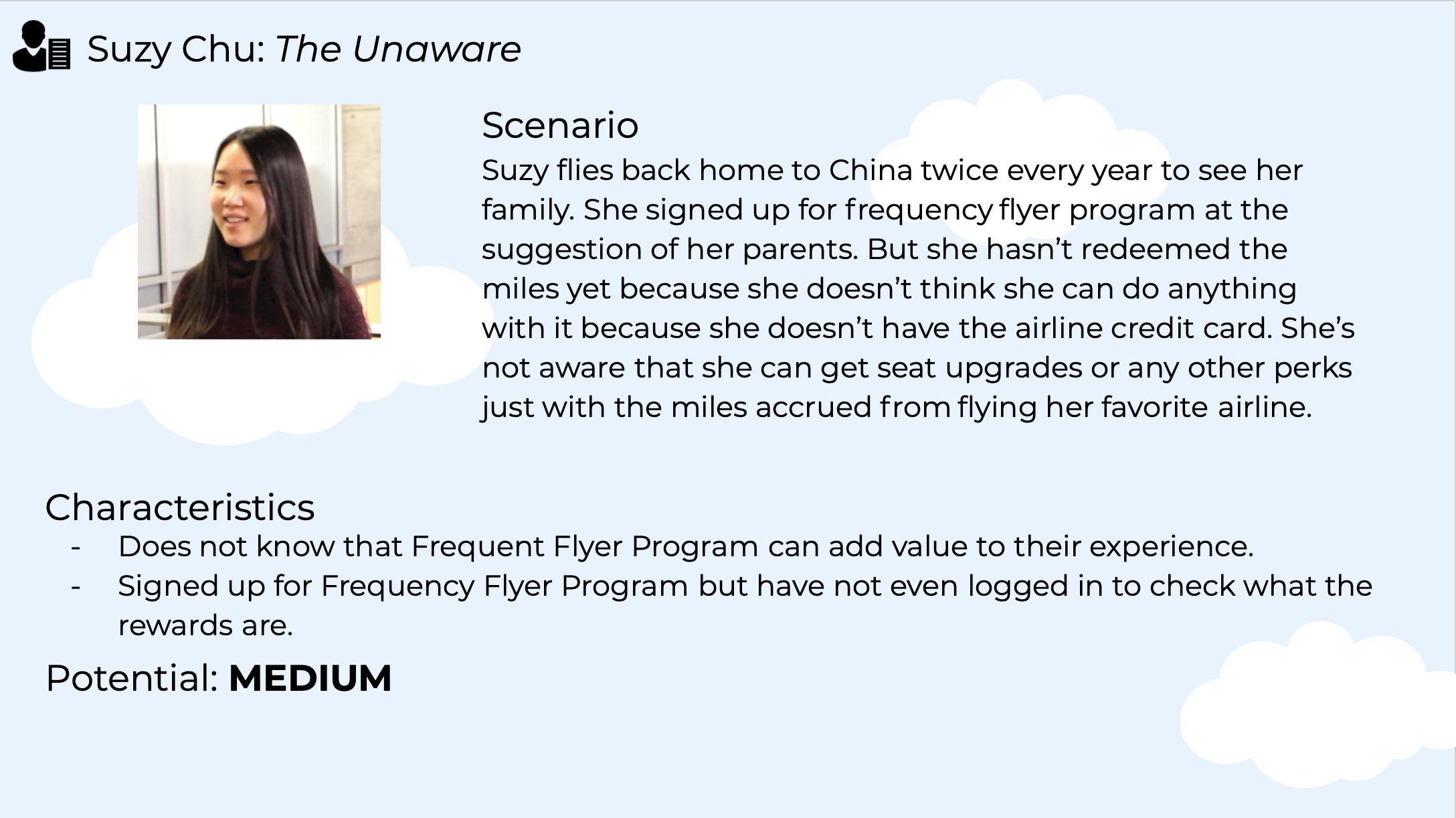
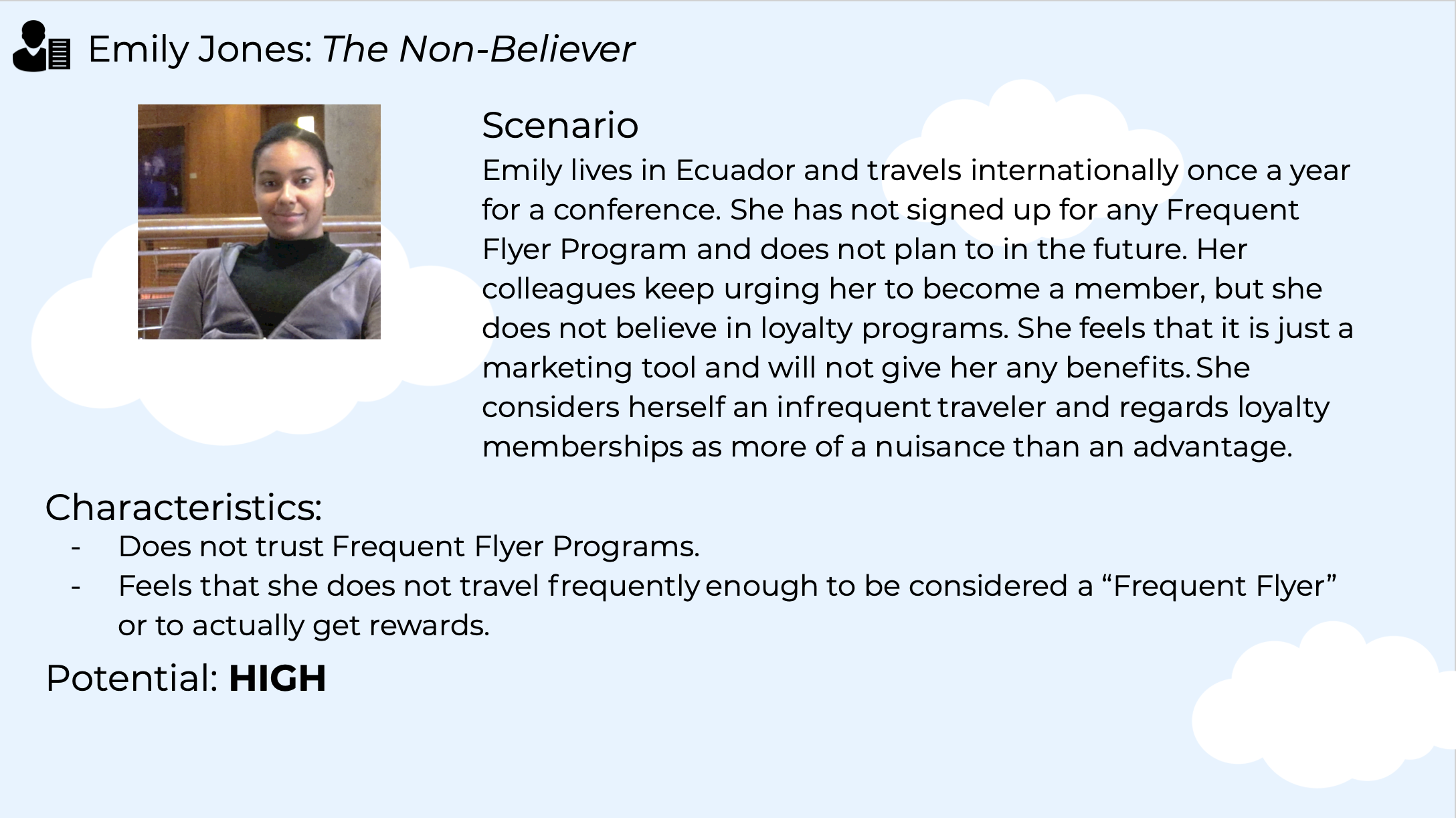
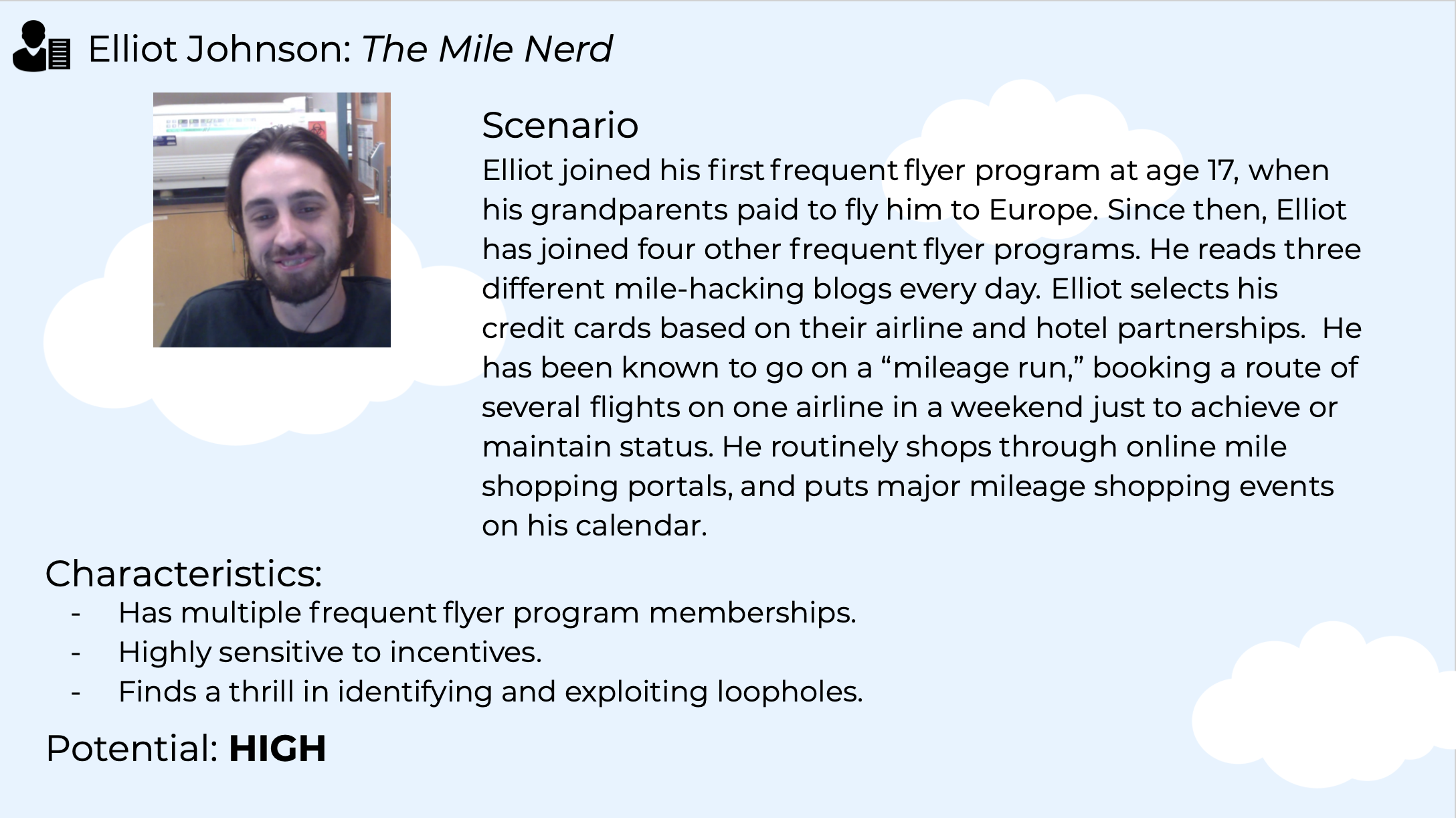
Next, we built an affinity diagram using data collected from our interviews and contextual inquiry.
Some of the overarching themes that emerged were:
Creating a community for loyalty members
Marketplace
Providing personal experience for individual user
Destination experiences
Increased transparency
Ease of accruing and using miles
Insights
1
We found that travelers enjoy their in-flight experience and are most unhappy about their experiences before and after flying.
Since they book their tickets with the airline, they hold them responsible for the complete experience.
2
Passengers held the airline responsible for their entire travel experience.
This refers to the time from when they reach the airport at their boarding airport all the way till they leave the airport at the destination. Any good or bad experience they encountered was associated to the airline in their mind.
3
Loyalty program members may become inactive as a result of frustration and burnout
Frequent Flyer programs are perceived as one-way, benefitting airlines but not customers. Inactivity can also result from lack of awareness surrounding participation and benefits due to poor engagement and limited program transparency.
4
Frequent flyers most value Instant Gratification, Increased Transparency and Micro Rewards.
They want to know exactly how and how many reward points they’re getting for each leg of their journey, they want easier access to their miles, and opportunities to use these miles more frequently for smaller rewards.
At this stage in the process, we decided to focus on developing a concept to enhance loyalty engagement among the Unaware and the Burnouts, based on their potential for revenue generation, and our project constraints.
Designing for Loyalty
Concept Generation
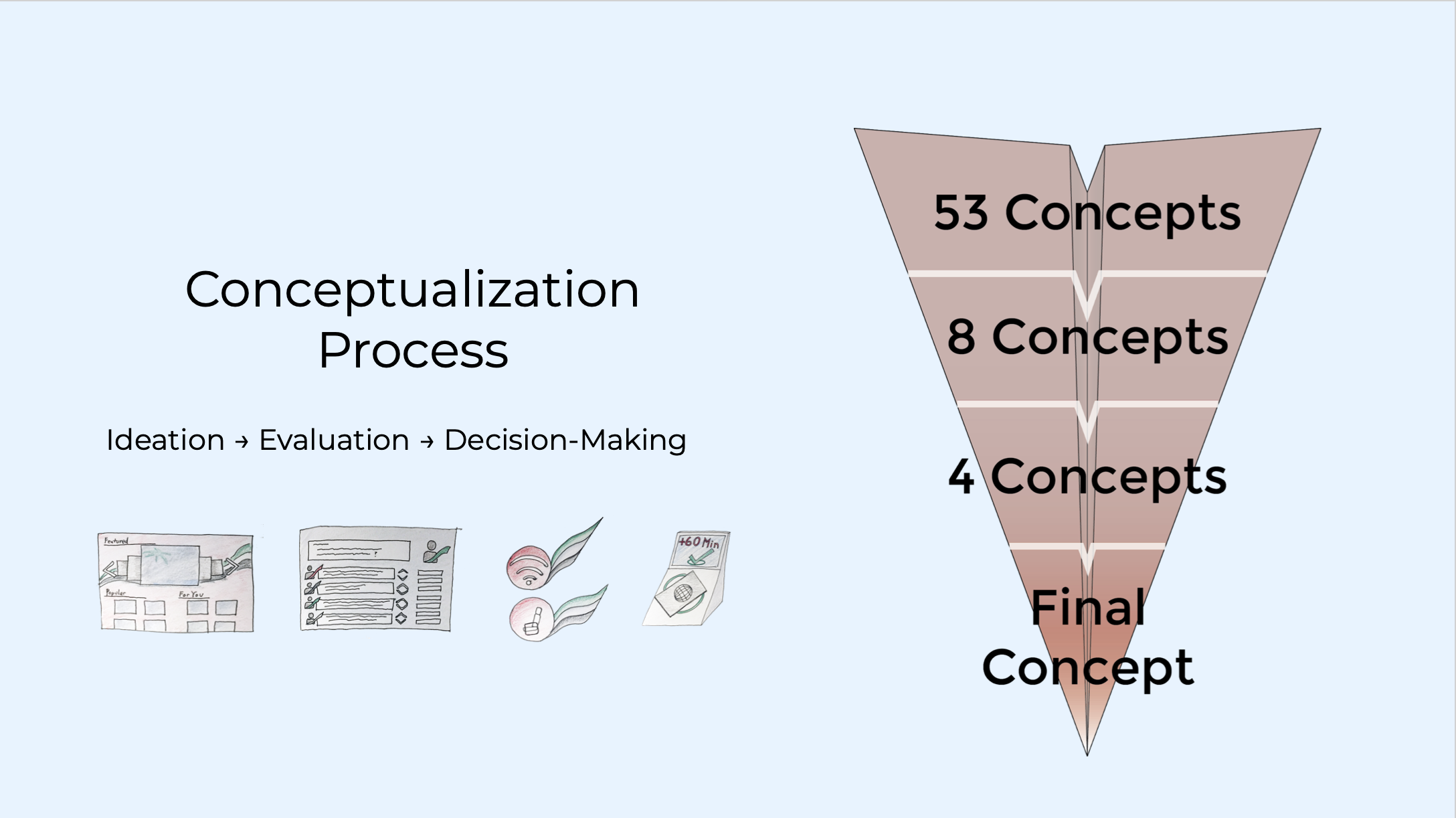

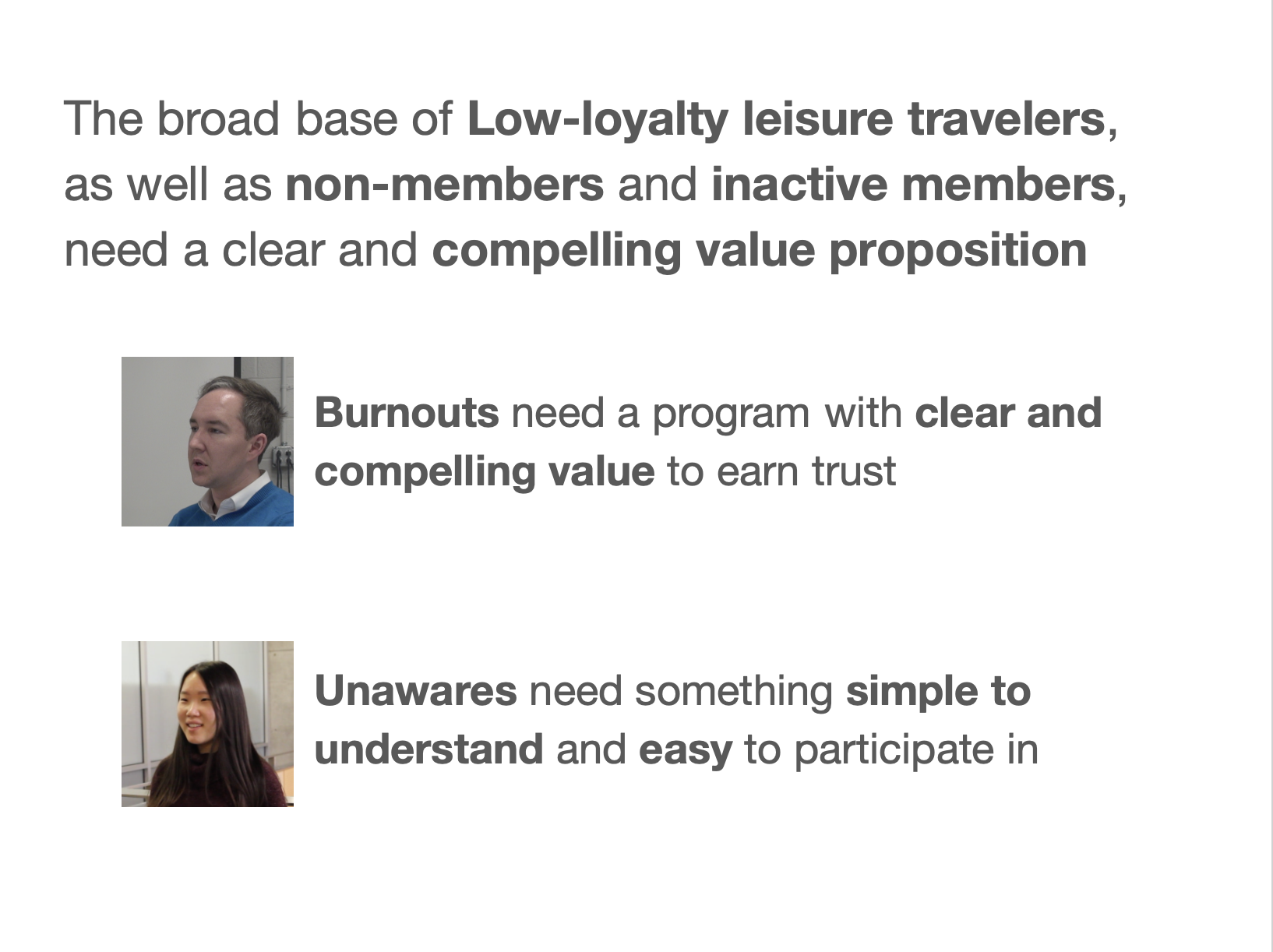
The team generated 53 concepts overall, which we first narrowed down based on team members’ interests and then using a weighted matrix that rated each concept on aspects like technical feasibility, regulatory barriers, etc.
We also ensured that all our concepts addressed the needs of the Burnouts and the Unaware users.
Prototypes
We developed low-fidelity prototypes for the final 4 concepts and tested these with international users on the Carnegie Mellon campus.
These are the concepts:
Concept 1 - Community building
Concept 2 - Curated social media content
Concept 3 - Gamification of rewards points
Concept 4 - Time as currency
Evaluative Research
Usability Testing and Play-testing
Objectives
To evaluate and compare the prototypes for the 4 final concepts, and to choose the 1 final concept.
To validate and test our insights and initial assumptions.
To evaluate user’s understanding of the context of use of our final concept.
To receive feedback about the prototype and concept for refinement.
Research Questions
Do users find more value in one concept than the others?
How are these concepts addressing the initial user pain points that we uncovered?
Does the user interact with the prototype in the way they were intended to?
Details
For concepts 1 (in-flight community) and 2 (bespoke media aggregation), we explained the concepts and simulated the visual aspect of the prototype using printed cards, after the user picked a destination on the printed world map. Then the users were asked:
What they liked
What they disliked
If they would use this system if it existed
For concept 3 (marketplace), we asked the user to choose a random destination on the world map, and created a likely flight route to get there. We went through the to-and-fro journey with them, giving them miles and asking them to redeem them, or exchange them with other loyalty members for other perks and benefits in the marketplace. They were also asked:
What they liked
What they disliked
If they would use this system if it existed
For concept 4 (time as currency), users navigated a board game simulating a typical air-travel experience, and received ‘minutes’ instead of miles at each step, by logging their time using different artifacts - cellphone, passport holder, or watch. We asked them about their experience and their preference of artifact for logging time.
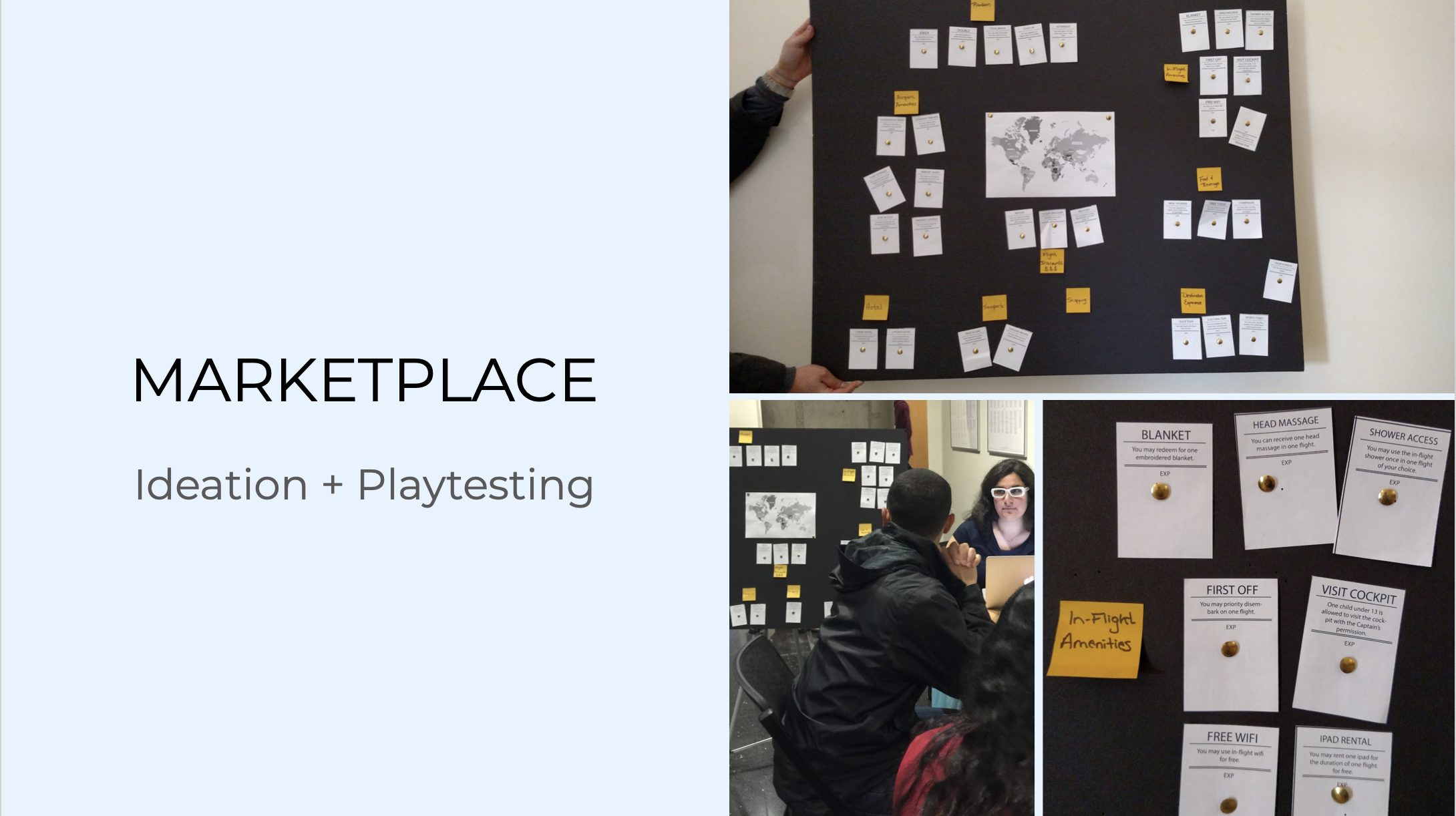
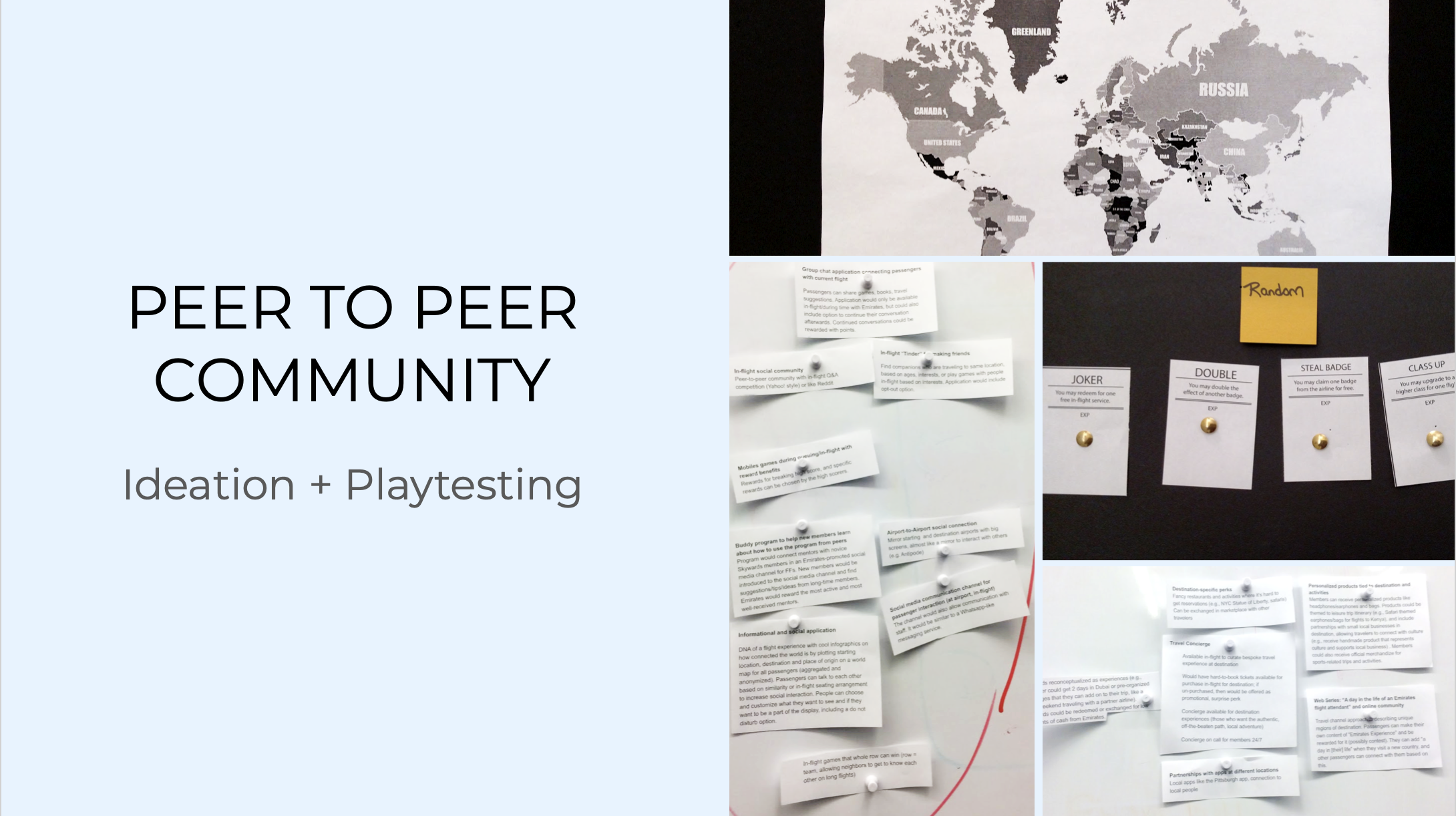

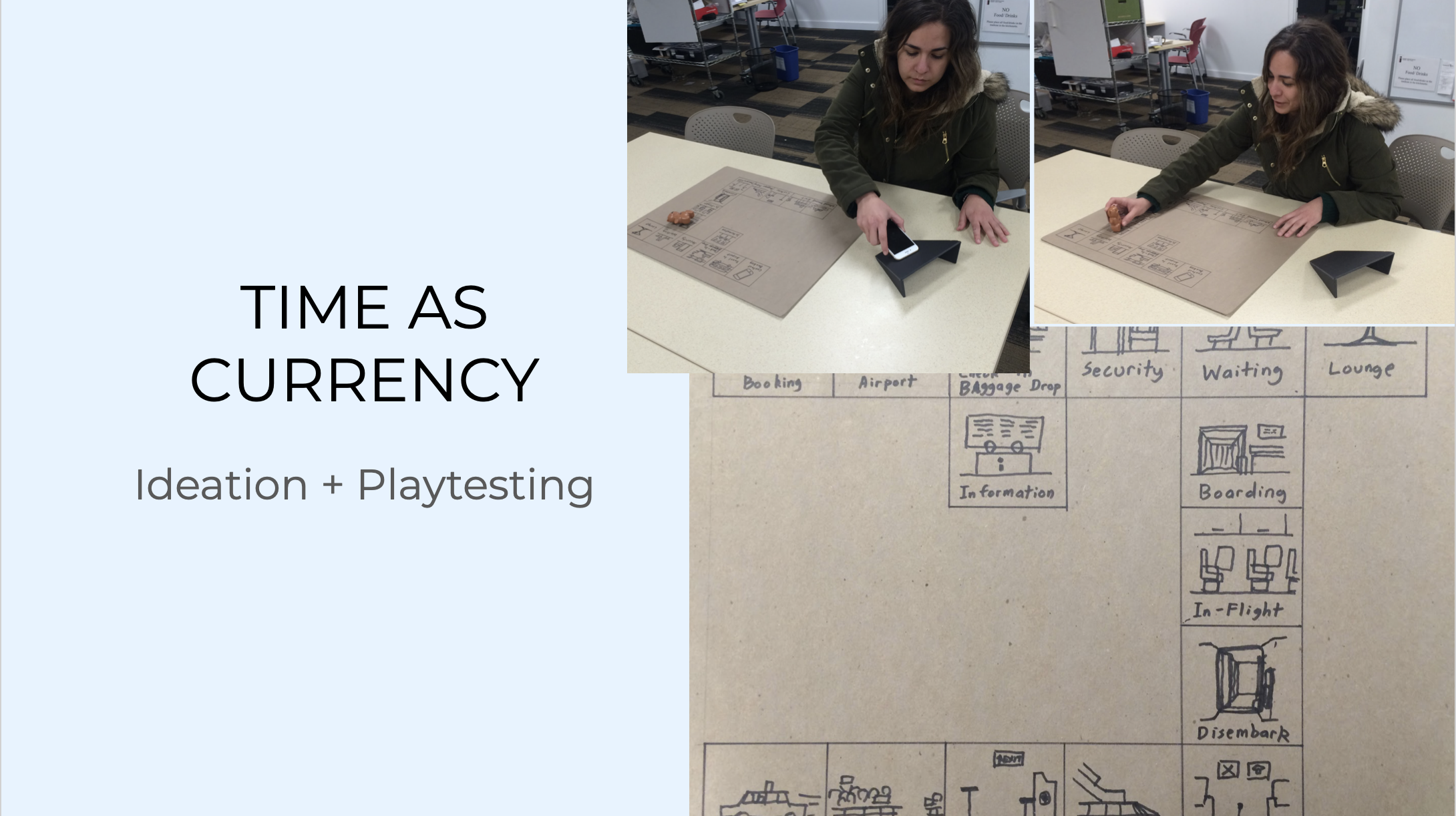
Synthesis
13 usability tests were conducted with users overall.
Based on our notes from the testing sessions of all 4 concepts, we found some common opinions expressed by our users.
Overall, ‘Time as Currency’ was the concept that received the most positive feedback. Next, we identified the system components that would track time spent by the user while traveling.
Then we refined the idea to create a high fidelity prototype and conducted another session of play-testing with users, to test out various time tracking mechanisms.
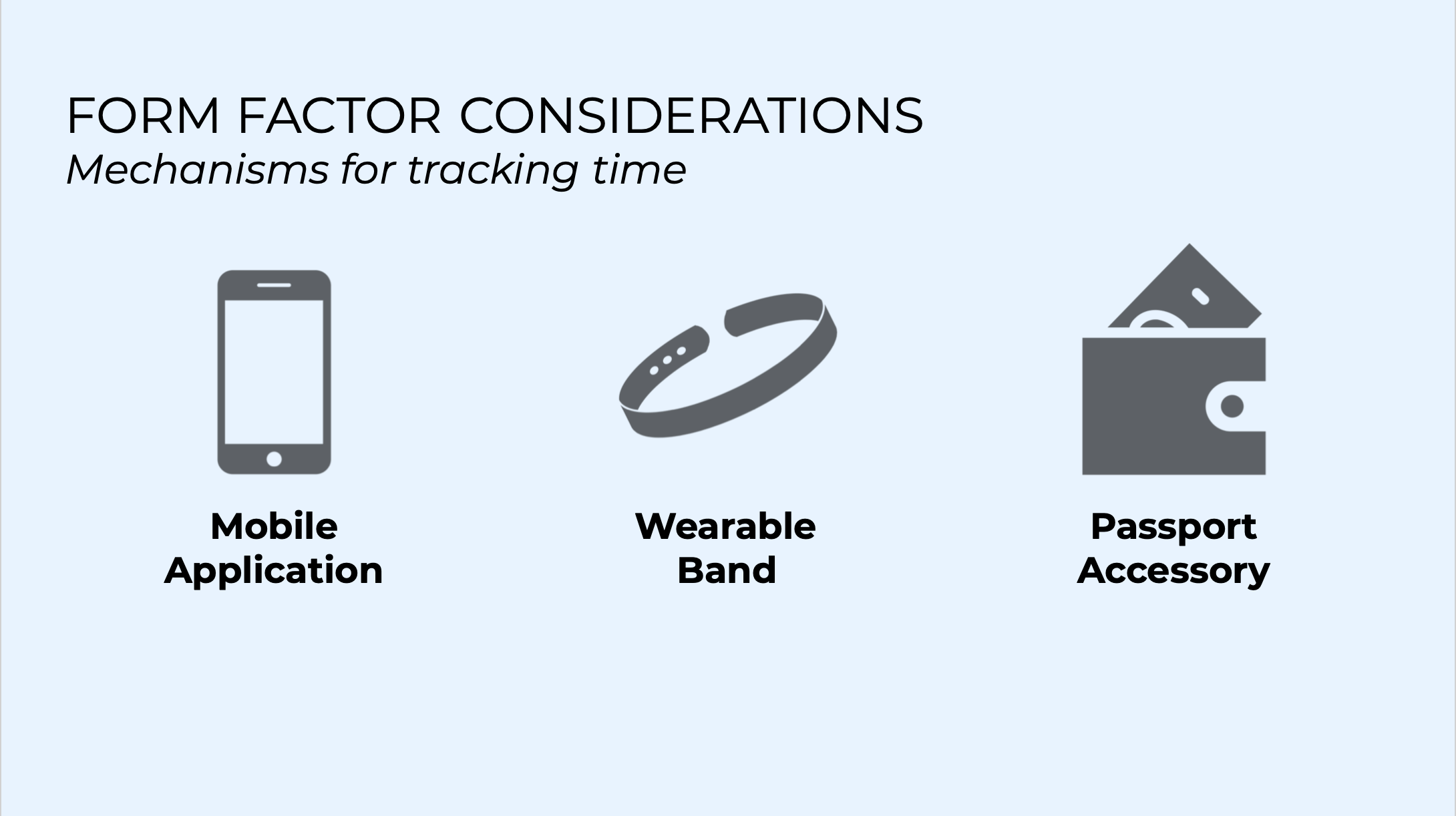

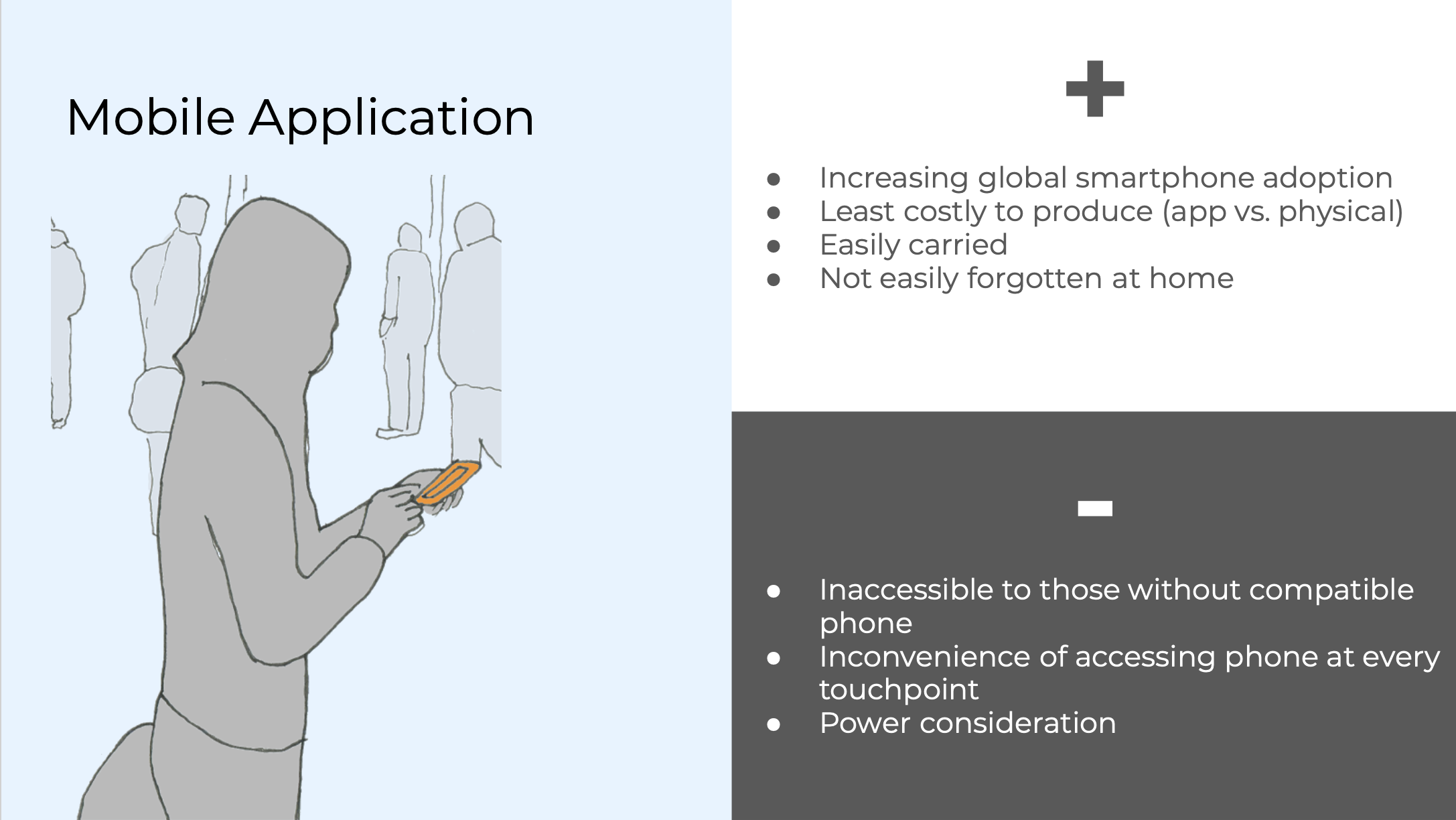

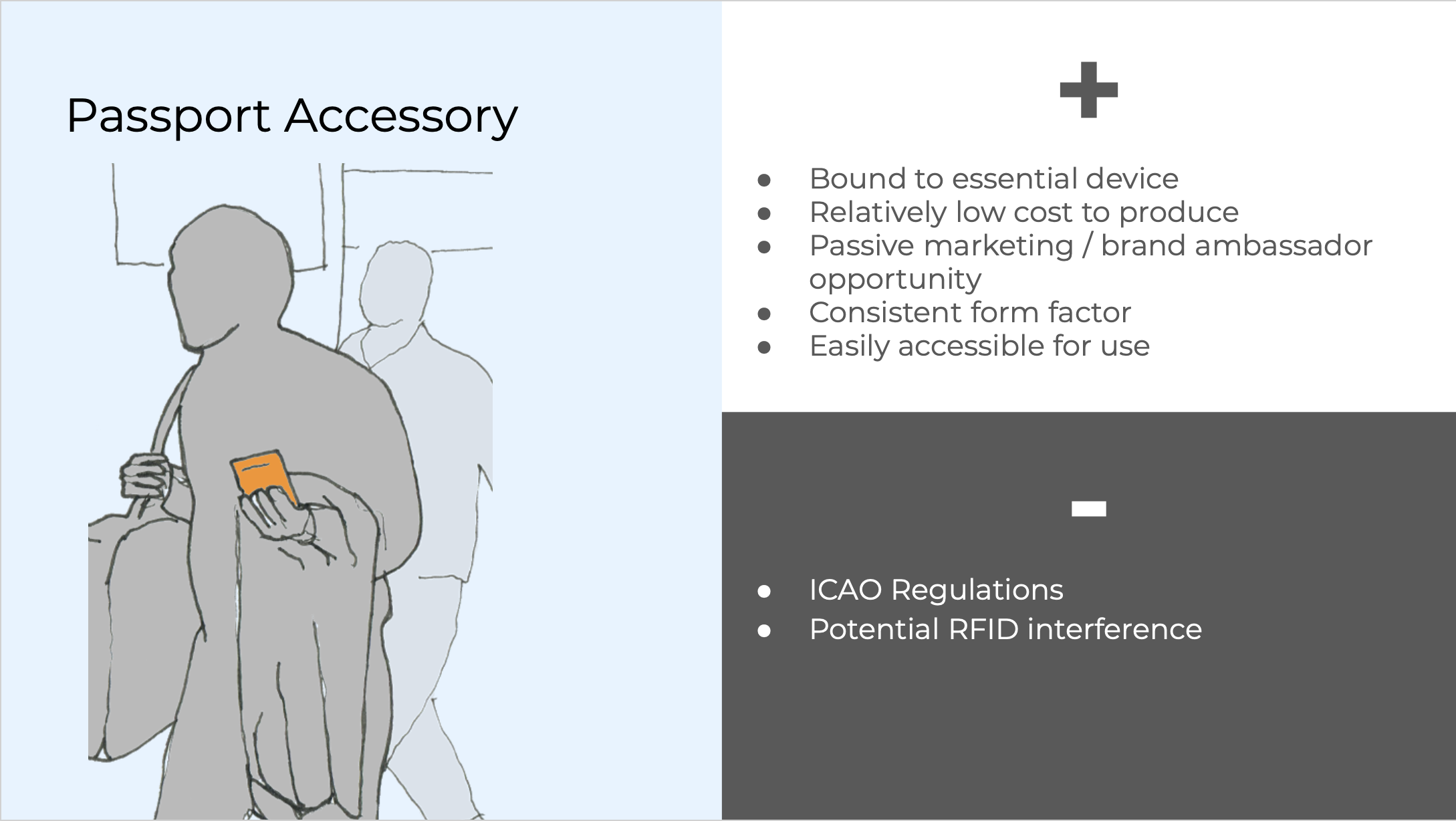

Insights
During play-testing of our final prototype, users were found to enjoy the action of using the RFID prototype to log time during their time in the airport and many mentioned that they’d rather take the physical path of using this artifact at airports than downloading and using the app.
Our sponsors, Emirates Airlines, emphasized on the fact that some of their customers may not own smartphones or may have low tech-literacy. We were keen to develop a concept that also allowed completely analog usage.
Passengers’ expectations and behavior change based on whether they are traveling alone or with others. During play-testing sessions, we found that a couple that participated together made decisions together. They chose rewards and perks with the intention of sharing, and maximizing their overall benefits and comfort during travel.
Co-Design Sessions
Objective
To finalize the information architecture and layout of the mobile application and the kiosk for the analog channel of Emirates Moments.
Details
Users were given many cards representing potential items that could go on the screen and were asked to design the interface by prioritizing and ordering these items.
5 co-design sessions were conducted.
Final Solution - Emirates Moments
Our insights led to the development of multiple possible solutions, 4 of which were prototyped and tested with users. Based on feedback, our final solution chosen was Emirates Moments.
Emirates Moments employs ‘time’ as a currency, rather than the existing system of 'miles' to measure the customer's loyalty engagement with Emirates.
Passengers can earn ‘minutes’ at every stage in the airport and onboard the flight, by using the app that connects to beacons in the airports and flights or by using their RFID passport holders that are placed strategically at all airport checkpoints. The team customized the approach for travelers who do not own or prefer to use smartphones by providing an alternate option with physical components, as summarized in the video below.
System Components
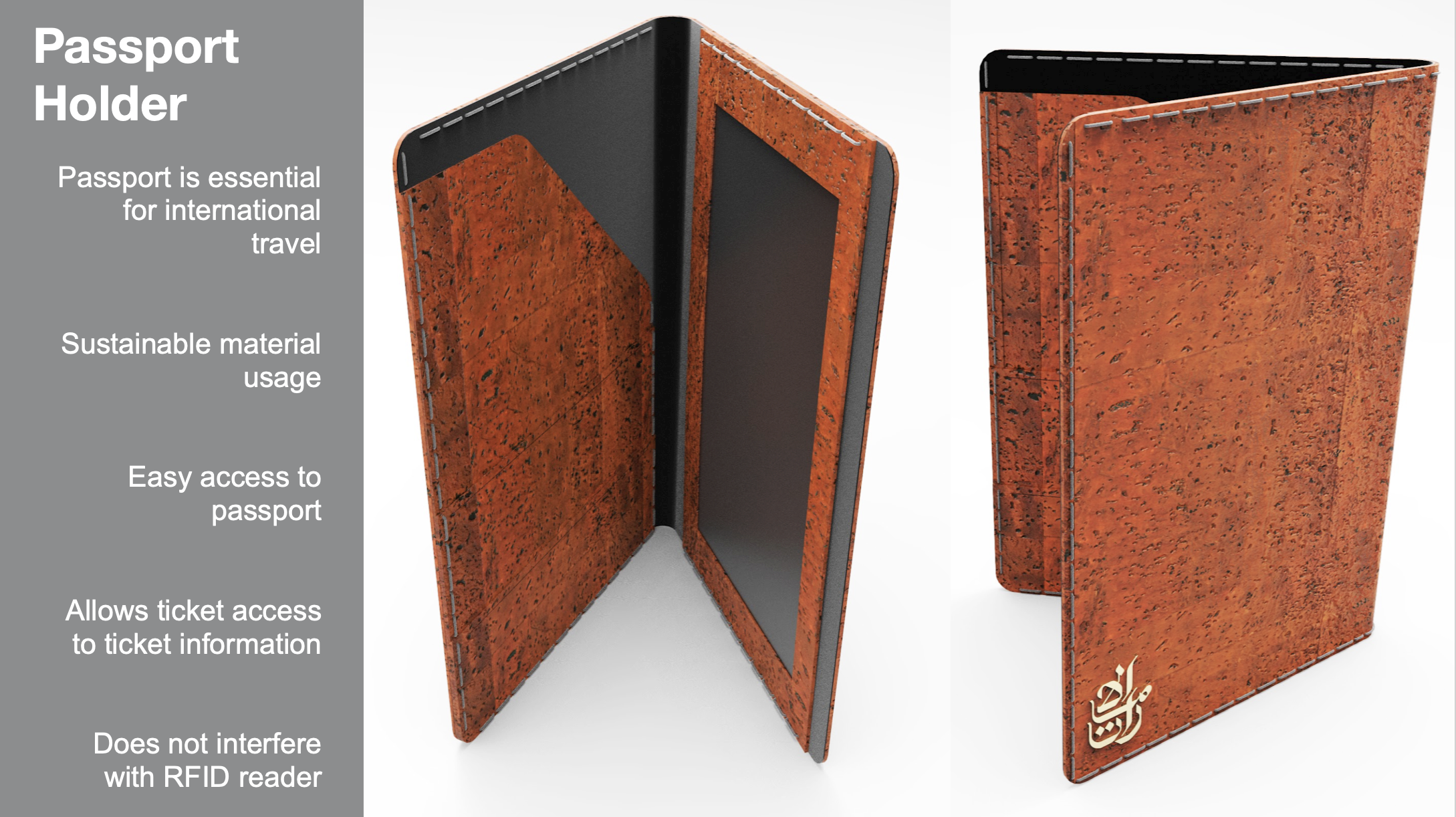
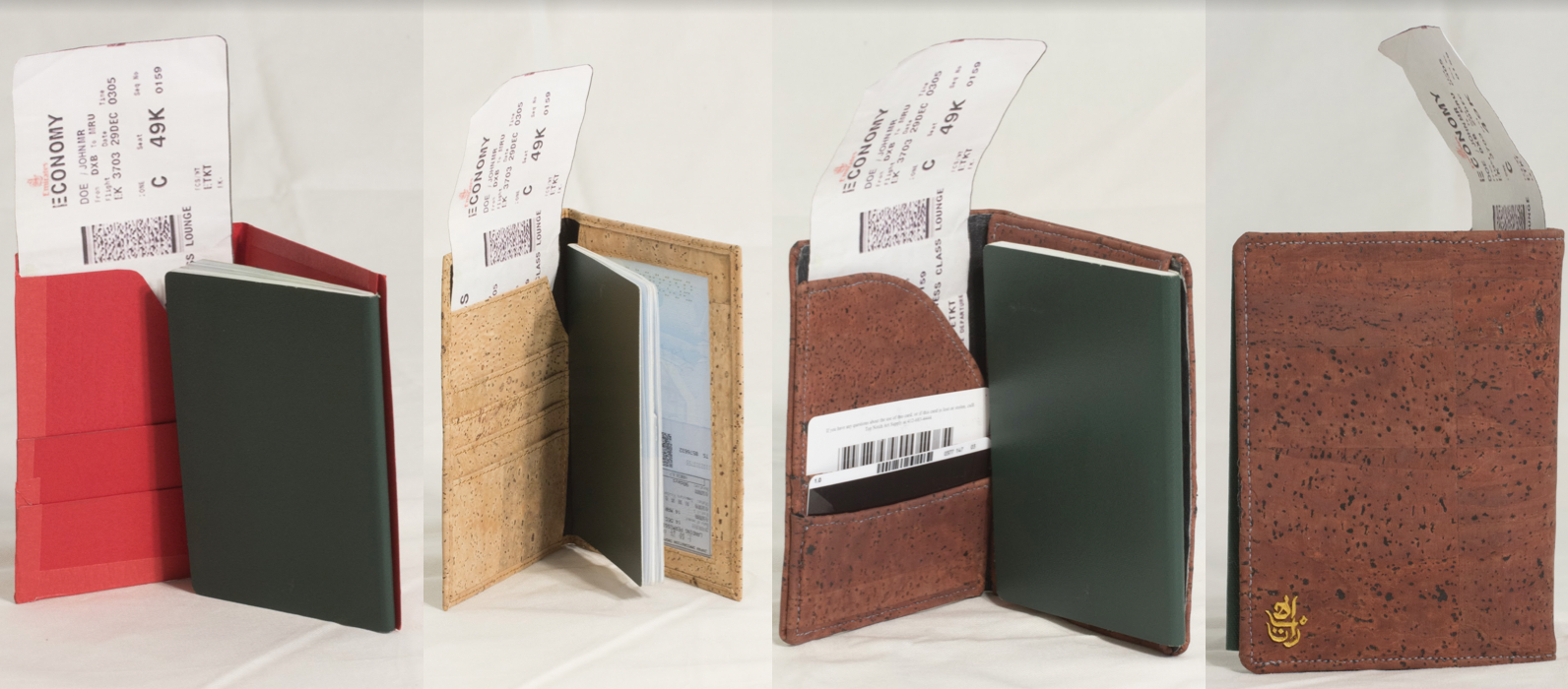
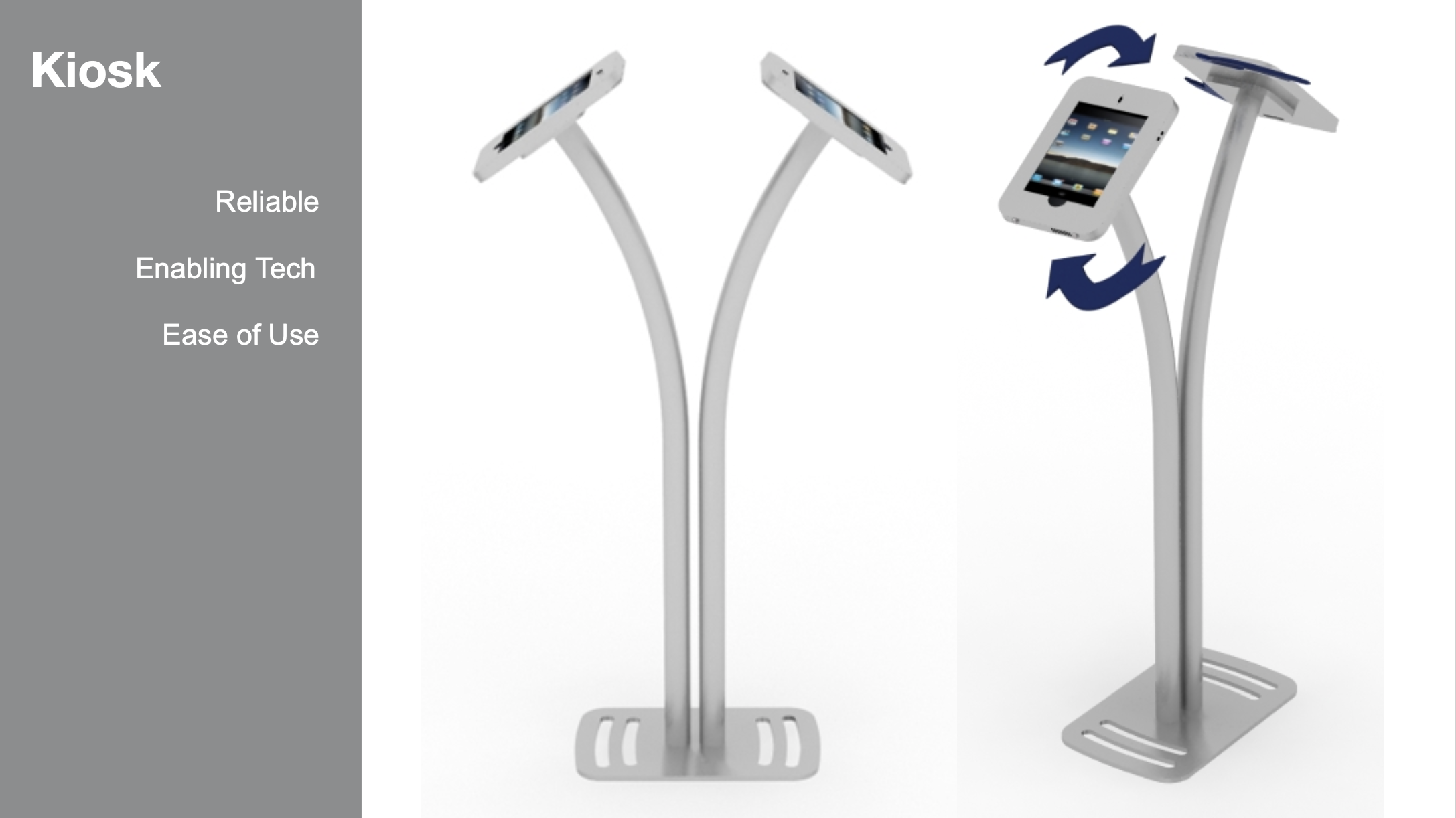
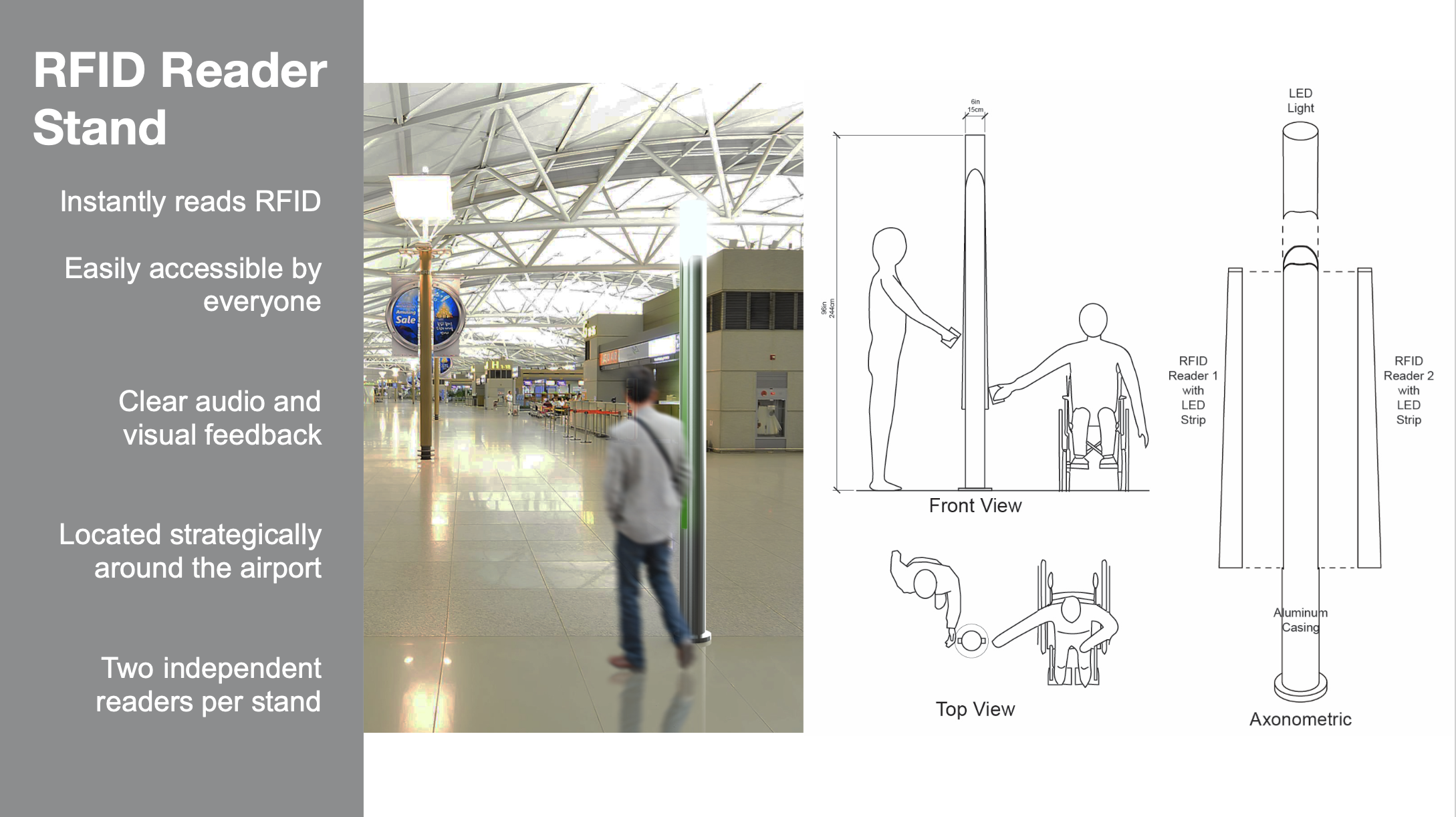
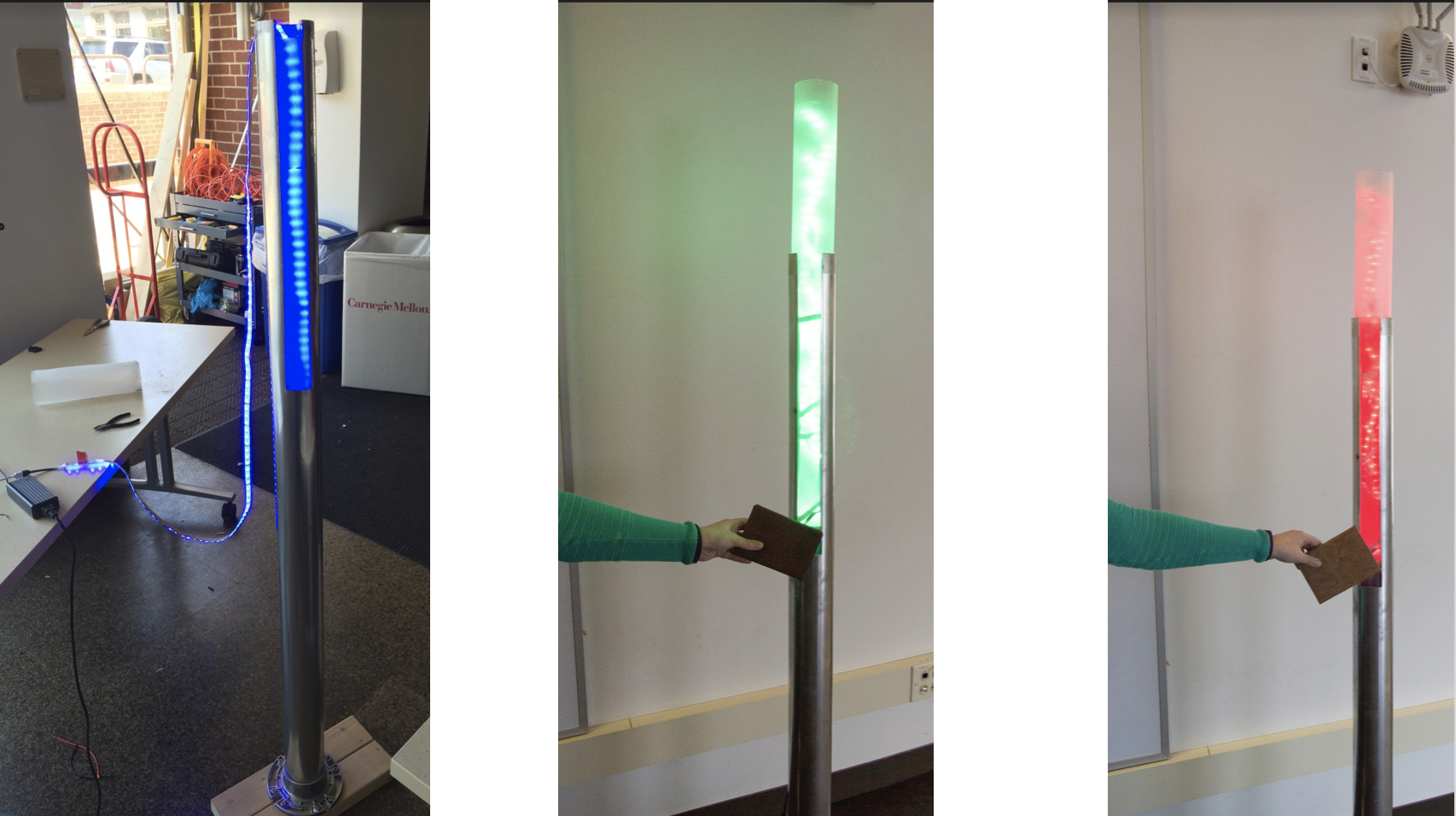

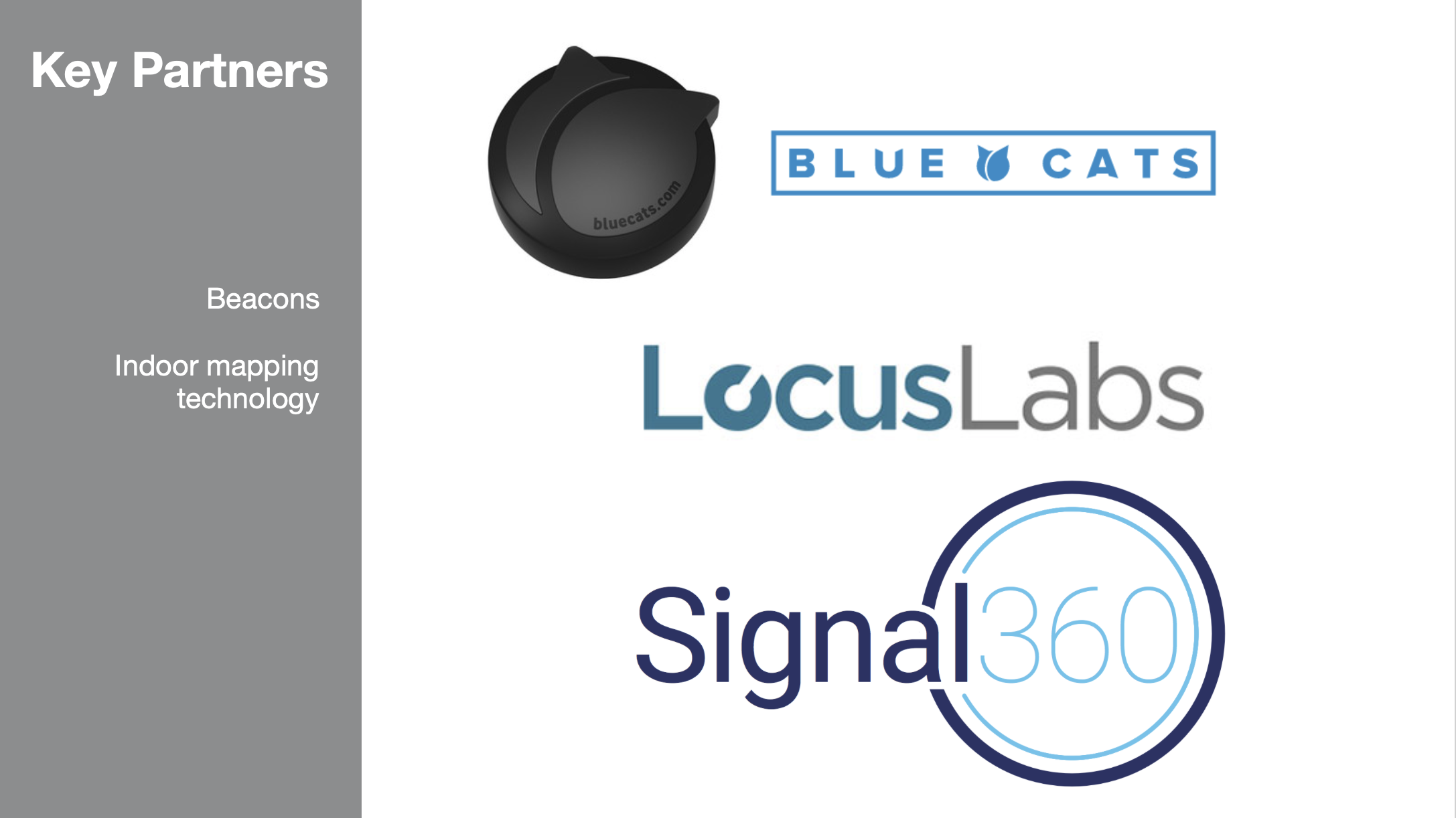
Implications of Emirates Moments - How does it address our users’ pain points?
This system caters to user who own and don’t own smartphones by providing separate channels to log ‘minutes’ and is equally effective in both cases - smartphone with beacons, or RFID passport holder with RFID readers and kiosks at strategic locations in the airport.
The app and kiosks provide way-finding help and information about the nature and location of the next step, which is especially helpful for new passengers and loyalty members, as well as the steps they have completed and the ‘minutes’ they have earned till now for the current journey.
‘Minutes’ earned can be used at any point of time during and after the journey to collect micro-rewards such as lunch at the airport, free wifi on board flights, food upgrade on flights, access to Emirates lounge at airport, etc. This makes the rewards points easier to access and to use when needed.
Logging ‘minutes’ instead of ‘miles’ increases user’s clarity of how these rewards points are being measured and added to their account, increasing overall transparency of the Skywards program.
Providing passengers the opportunity to earn ‘minutes’ throughout their journey fits with their mental model of Emirates being accountable for their whole experience and makes them feel like Emirates truly cares.
Reflections
“As the user base becomes larger and broader, it’s more challenging to pinpoint their true pain-points.”
It becomes challenging to balance the needs of various stakeholders when the customer and the user are two very different groups of people. Moving through the project, we learned to understand the problem from Emirates’ point of view and ensured that their goals were met as well.
The sponsor, since they operate internationally, emphasized the importance of looking for international users. As a team, we found it particularly challenging to recruit and address the needs of travelers from all over the world as our users, particularly for usability testing, when we didn’t have access to them. We did eventually find work-arounds to address this problem. In fact, we also went on to consider cultural differences, like how books are opened right to left in the Middle east, while building our design.
This was my first experience with service design and I learnt that it’s important to keep track of how all the components of the service interact with each other and work together throughout the user’s journey. I learned to discern the value of brand-image and to keep such intangible measures in mind while designing any product.
Emirates' positive response and interest in bringing our concept into production was just the cherry on top of the cake for what was a very fulfilling project.














